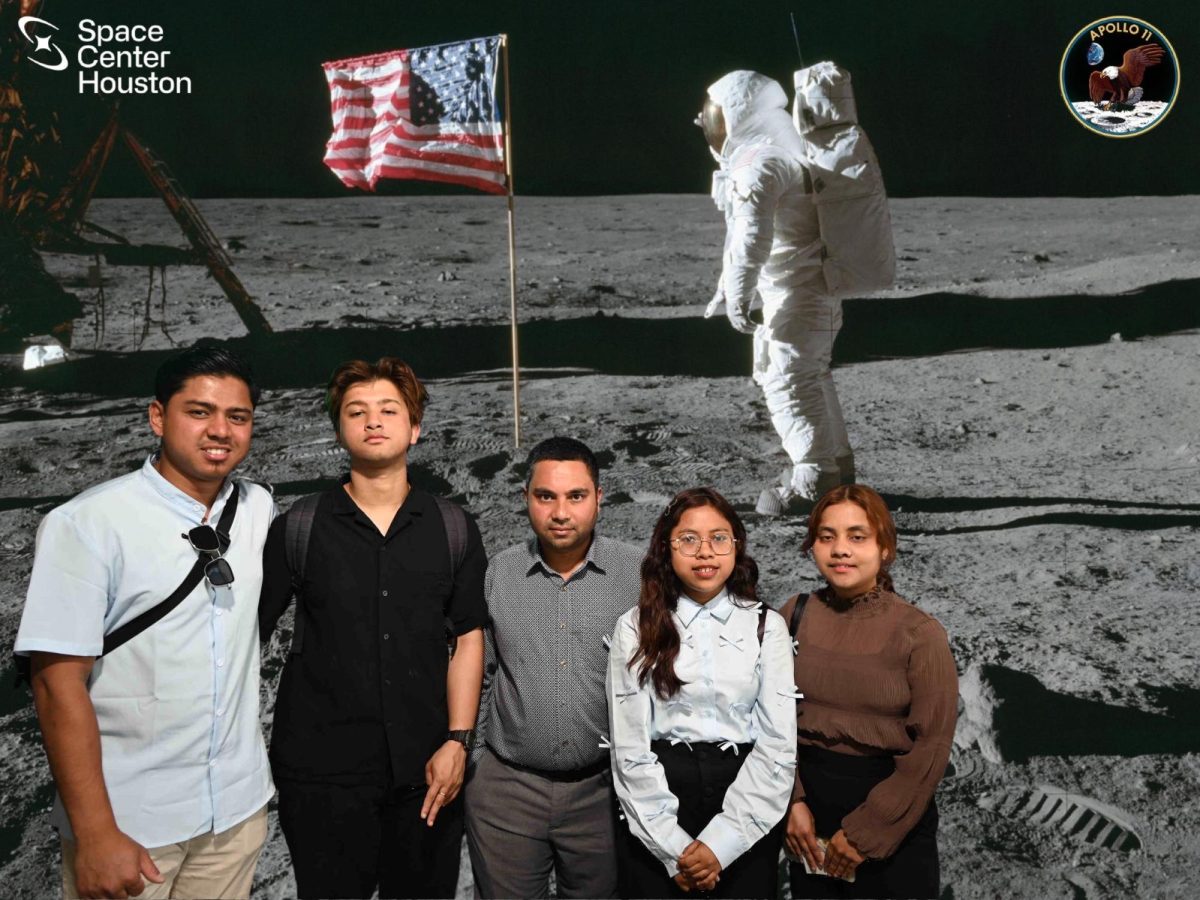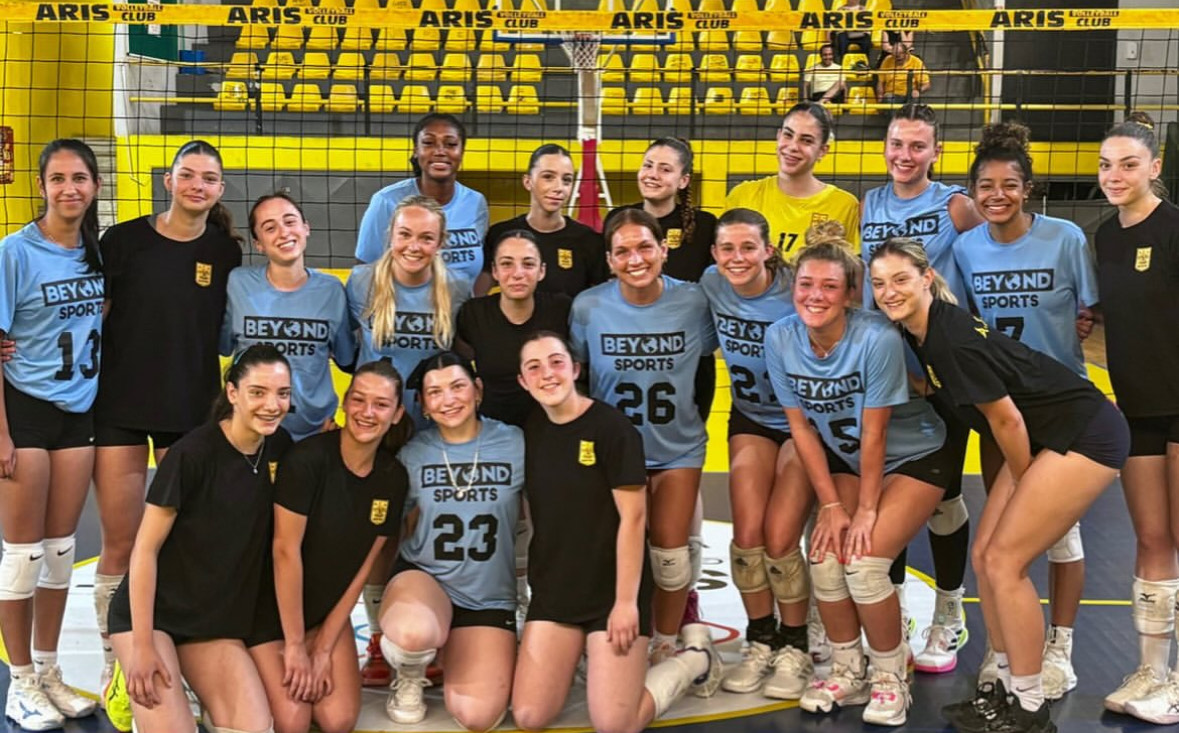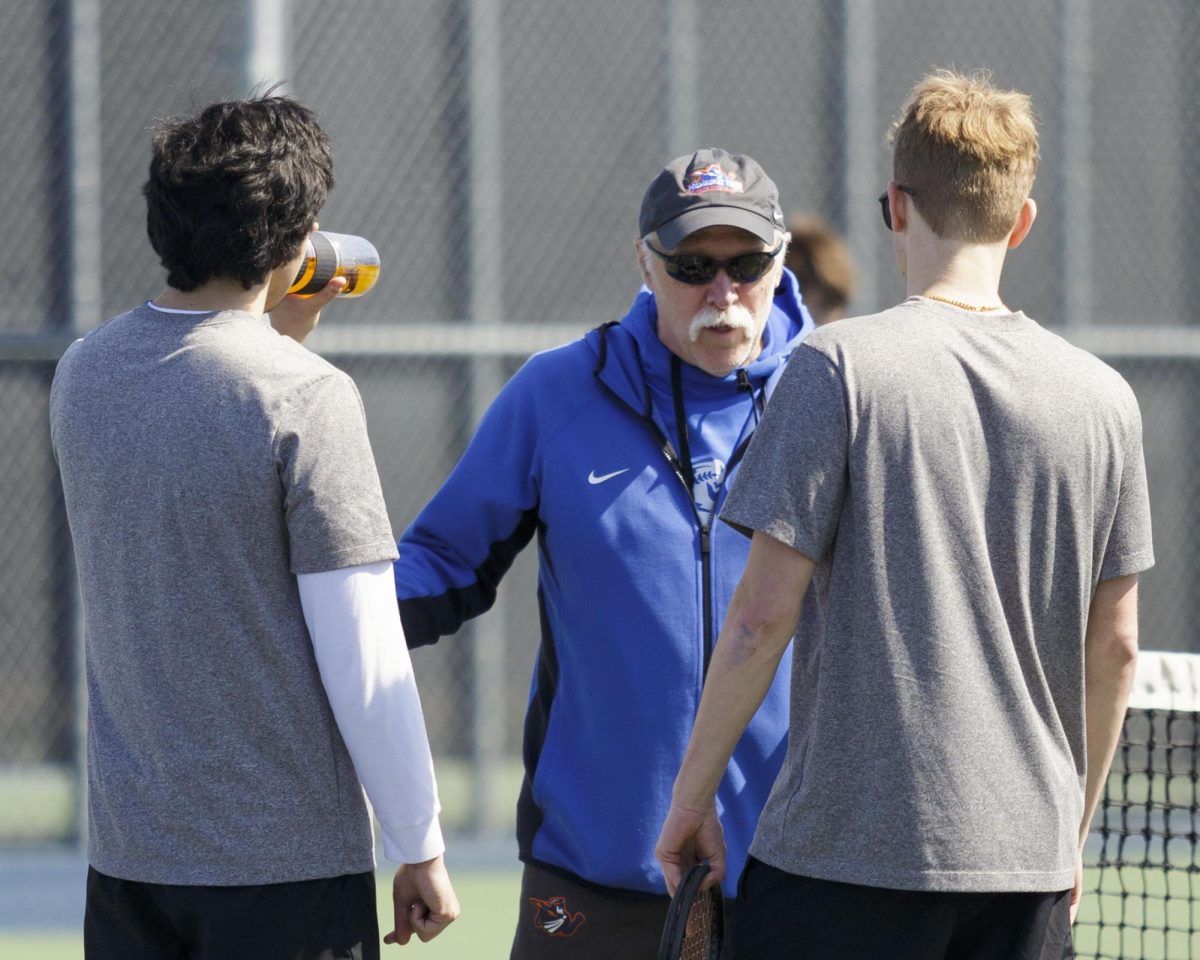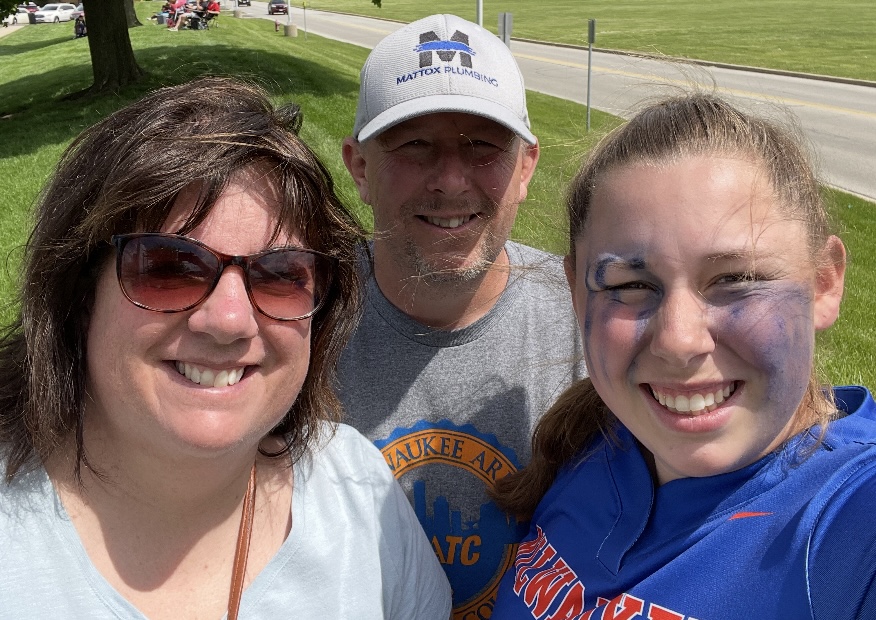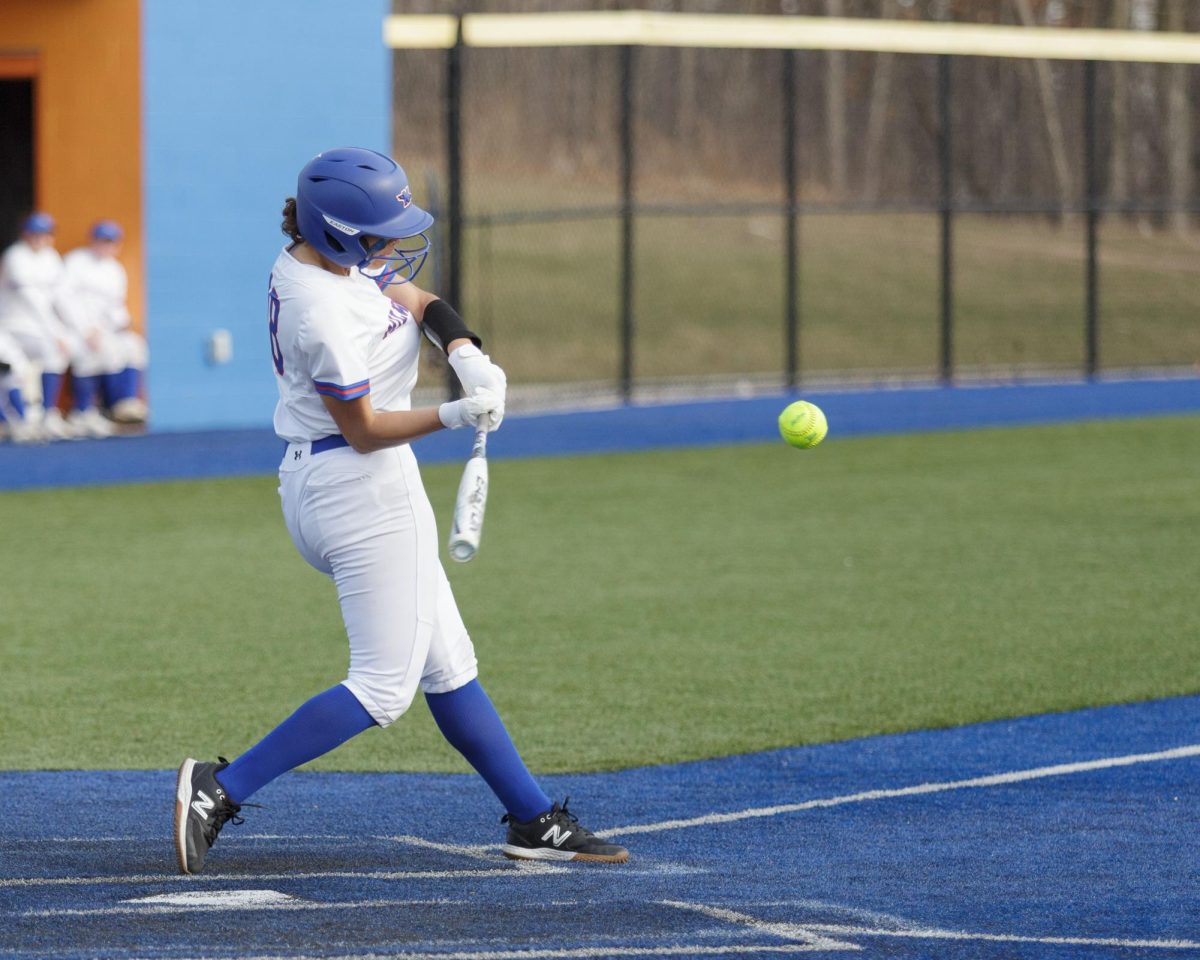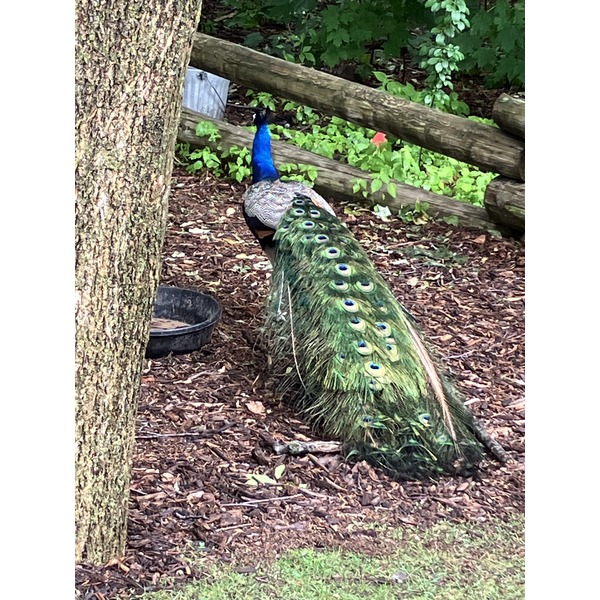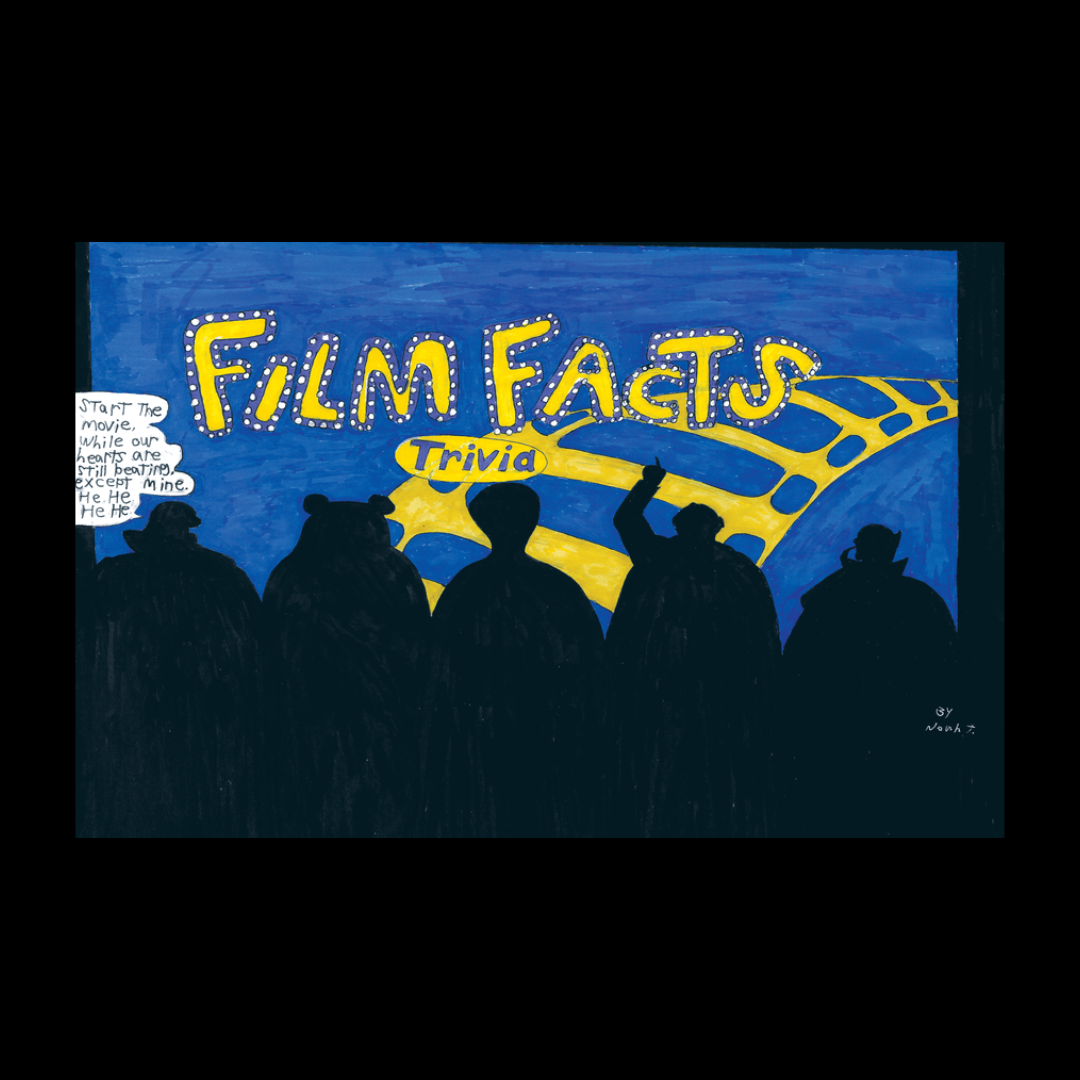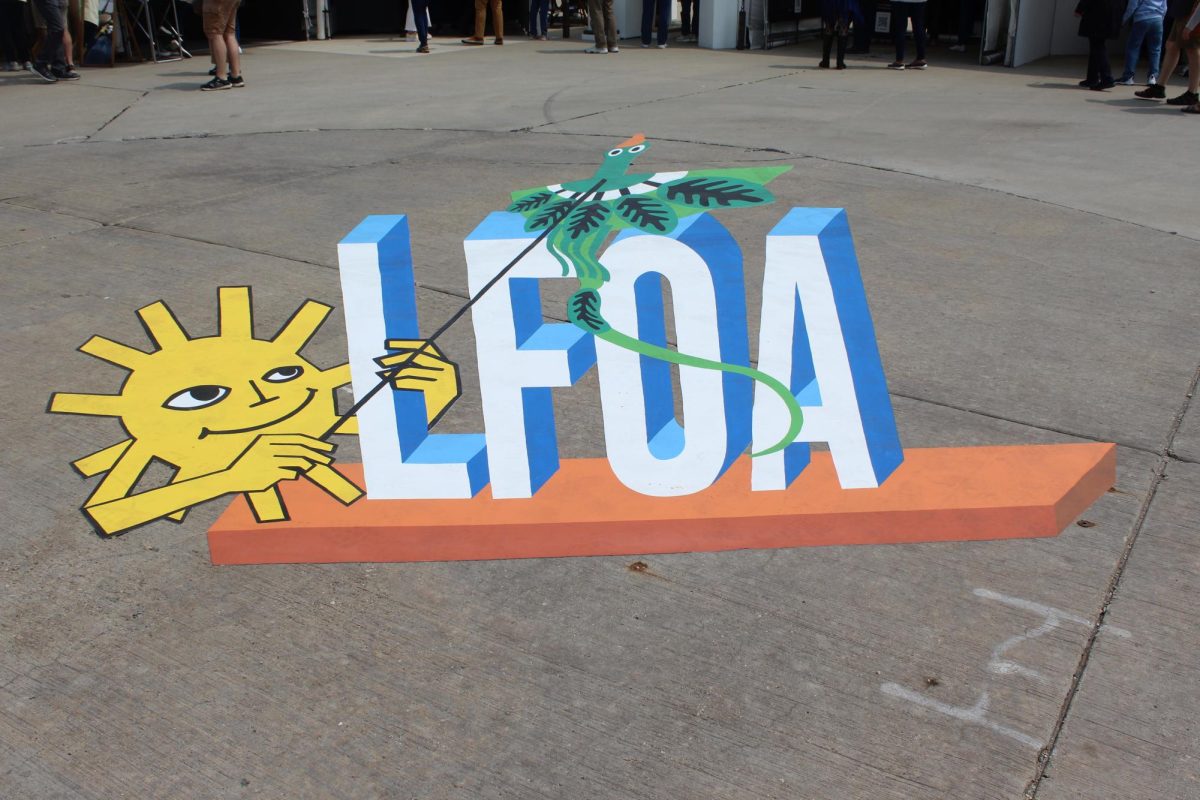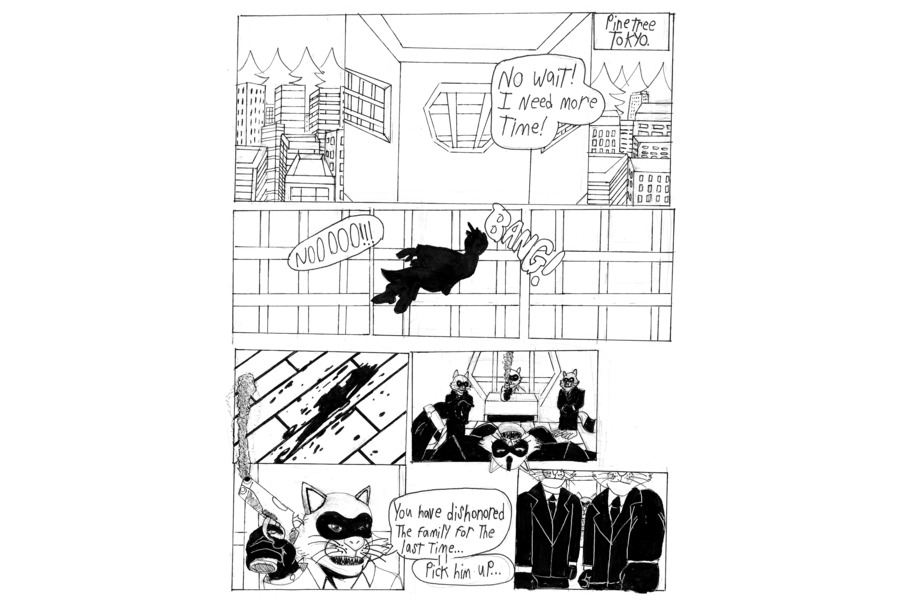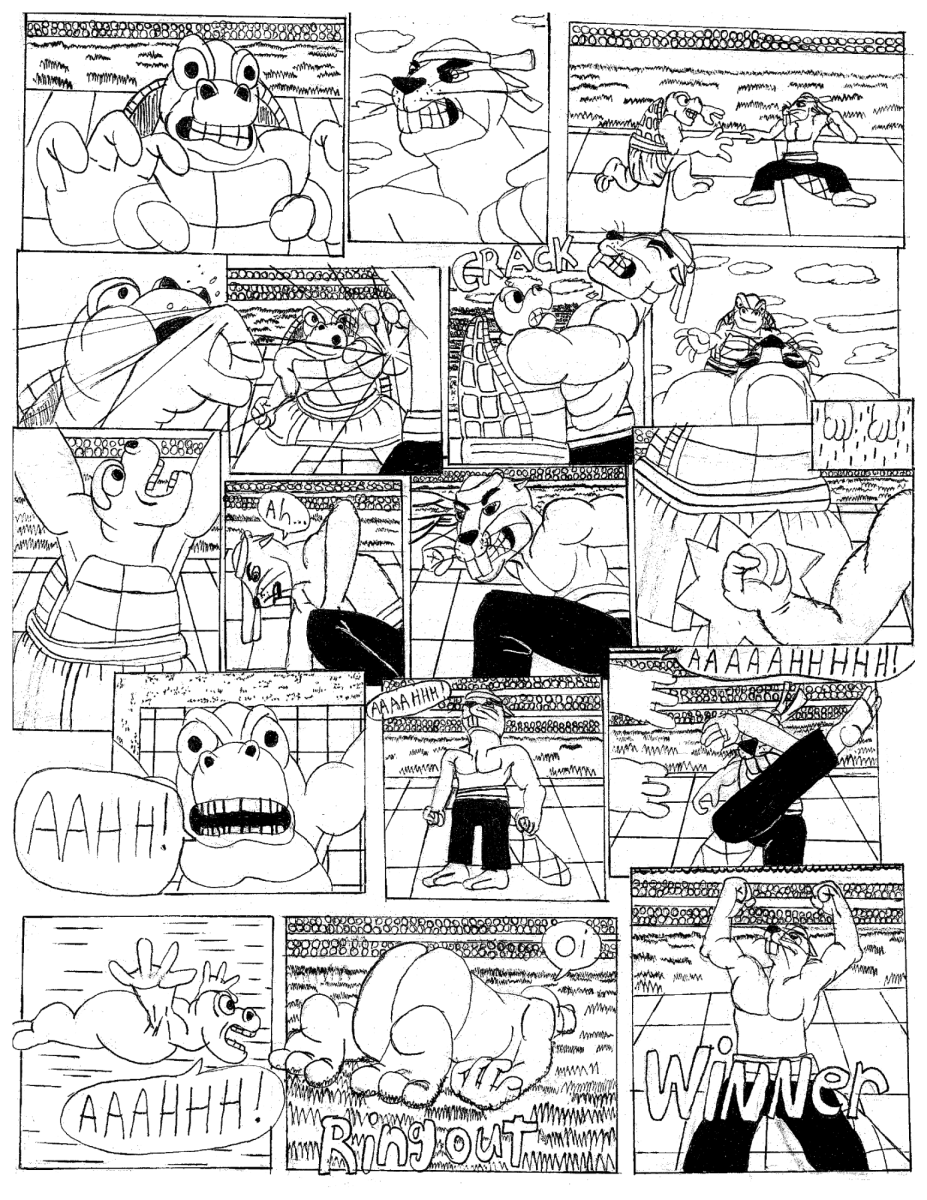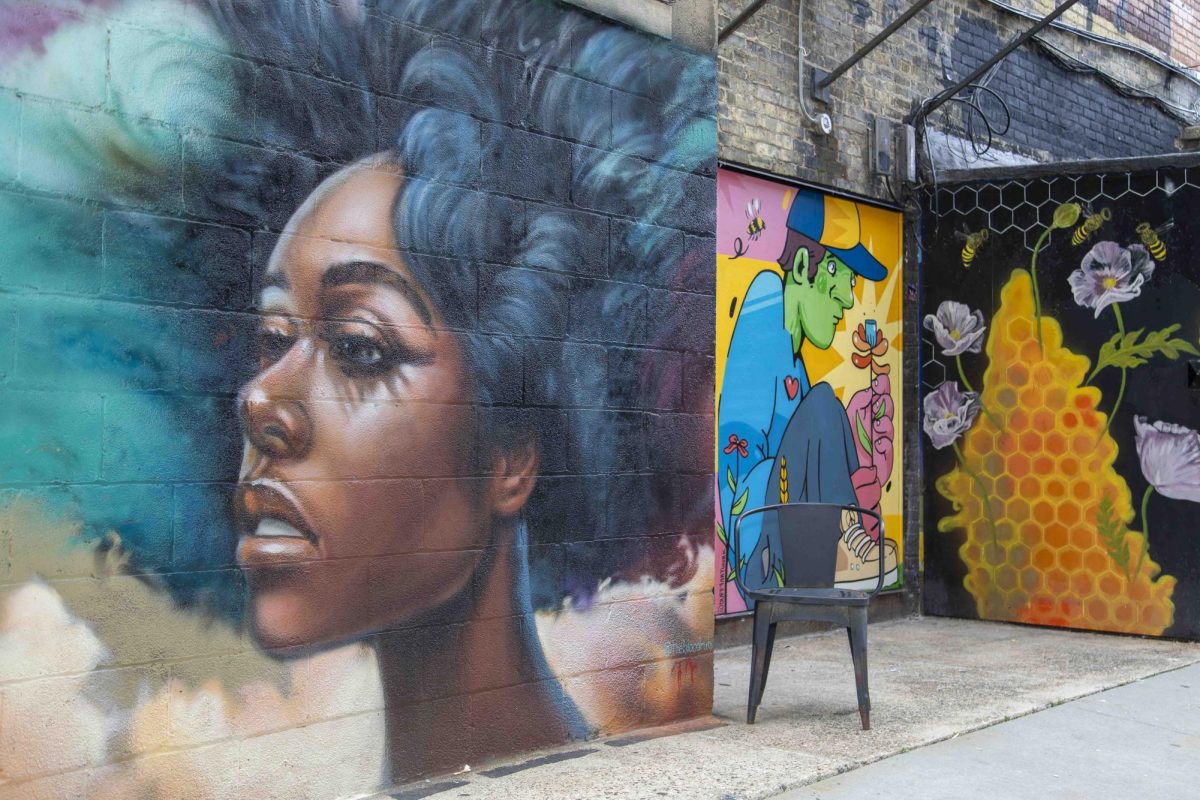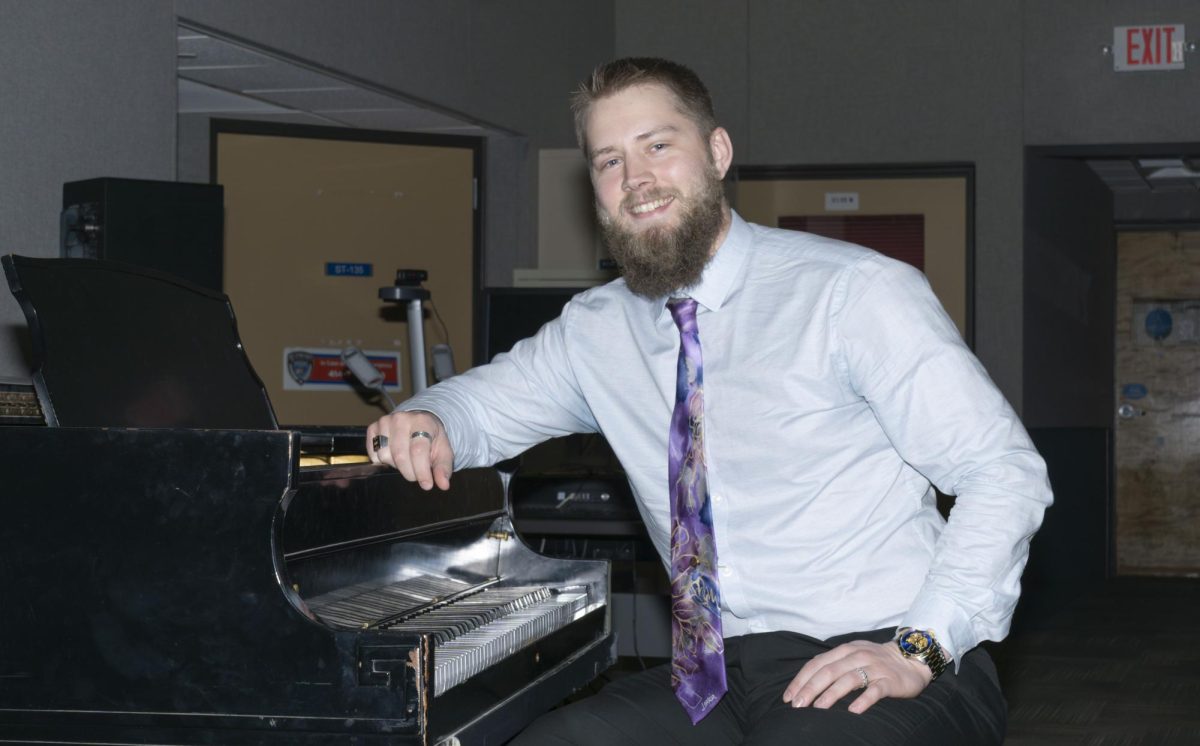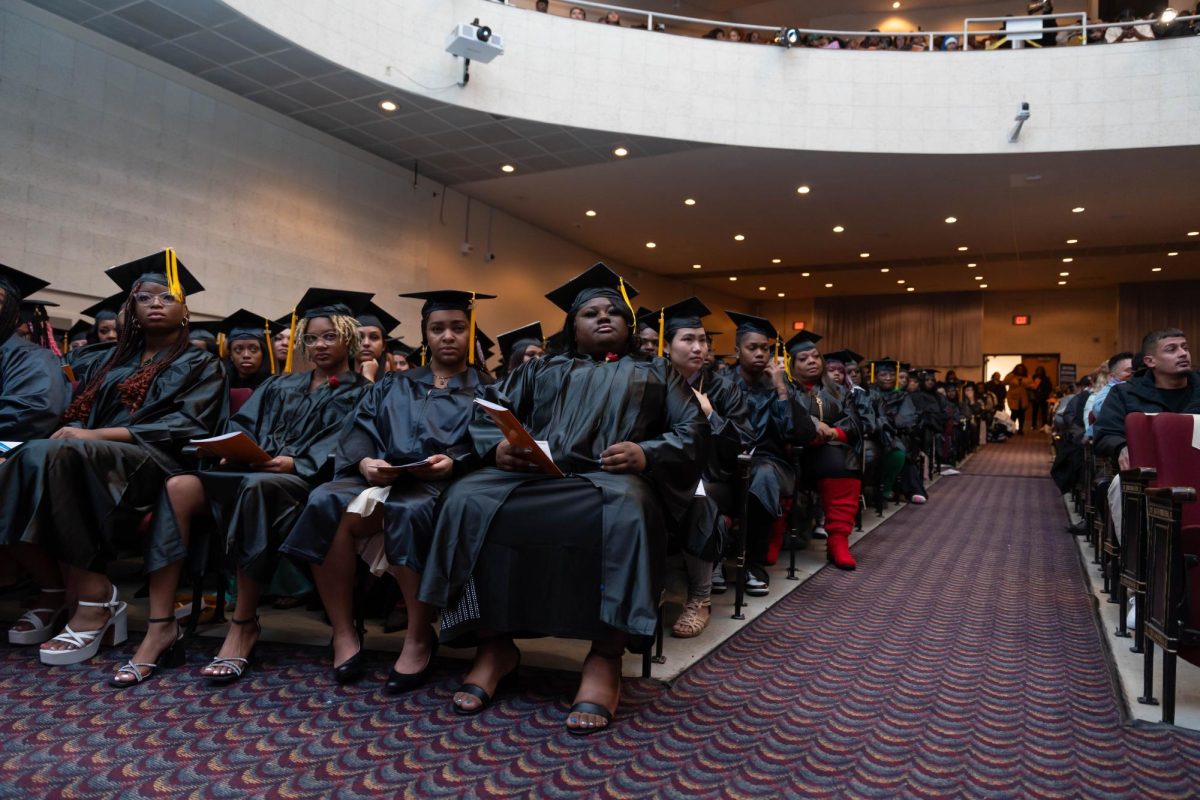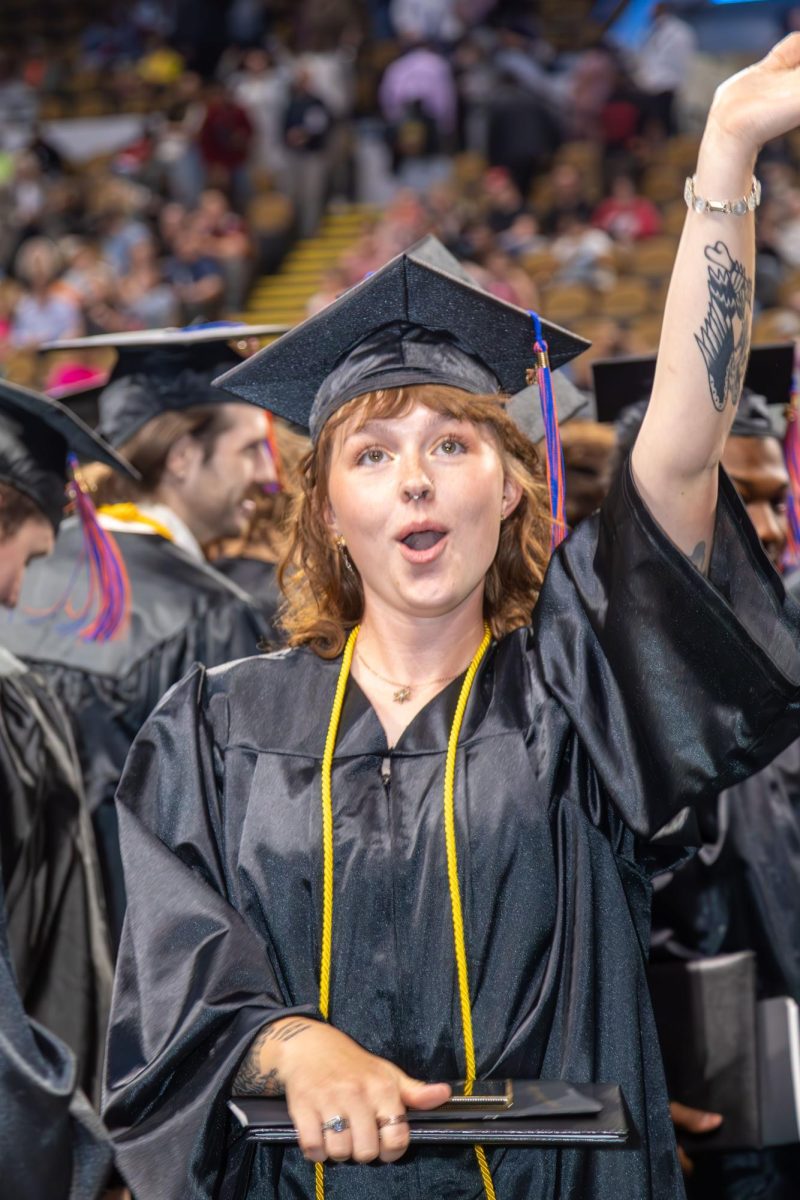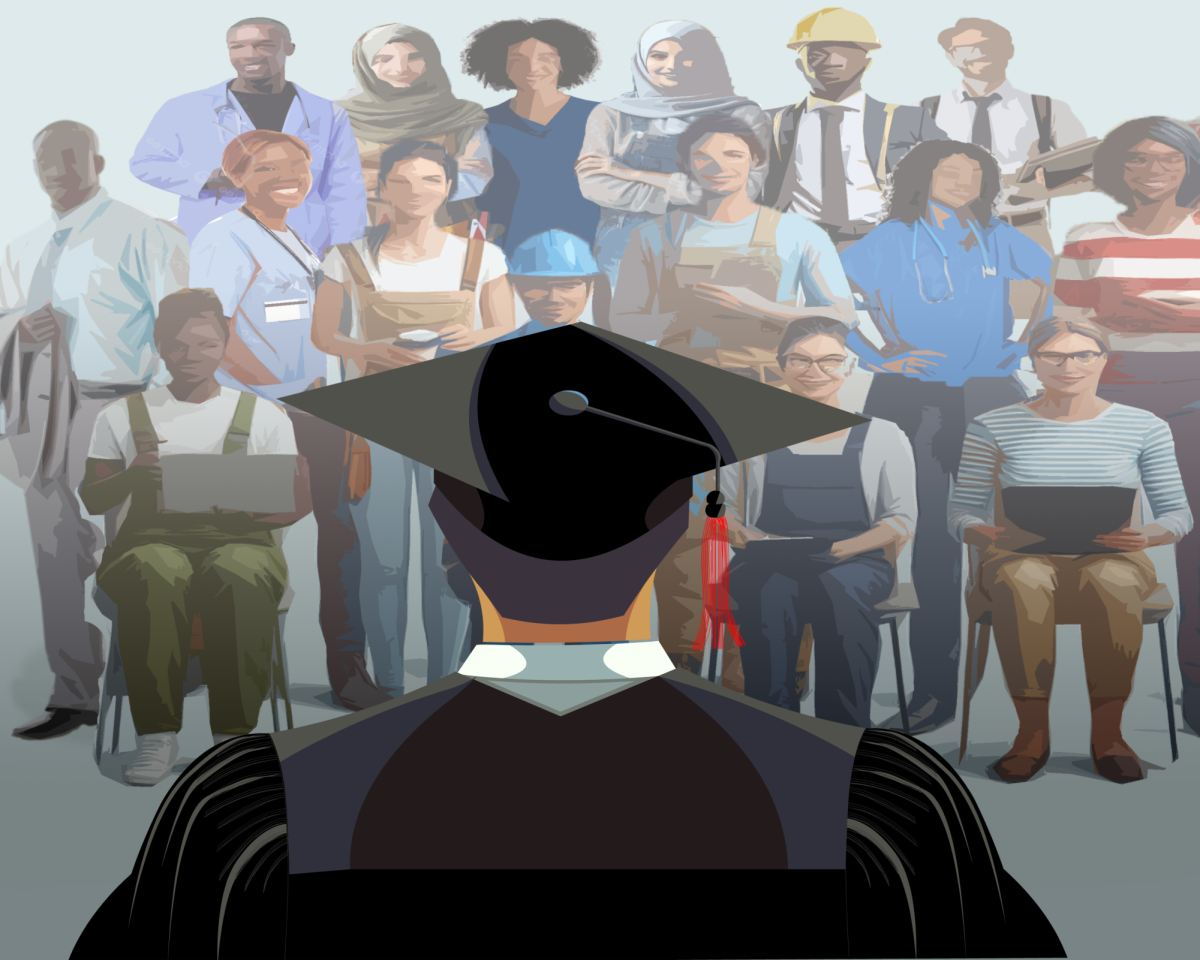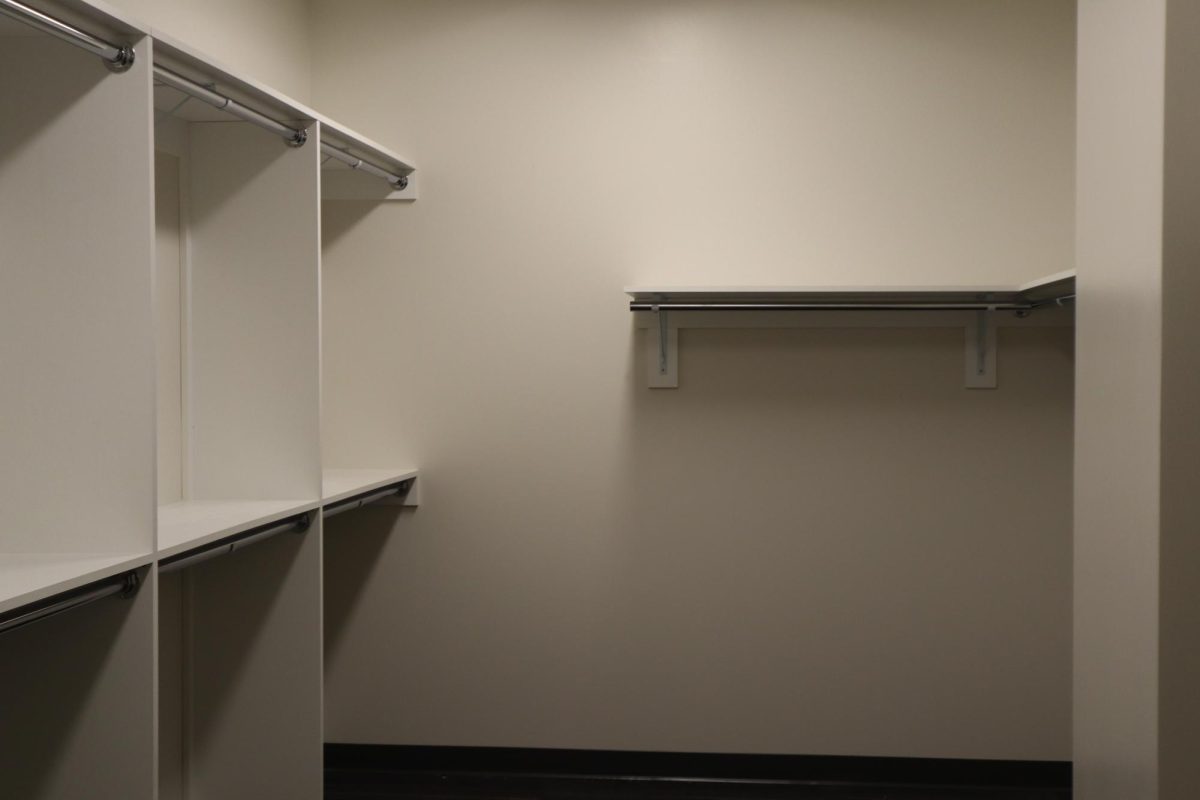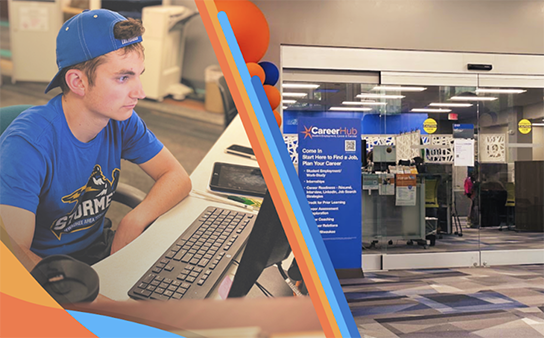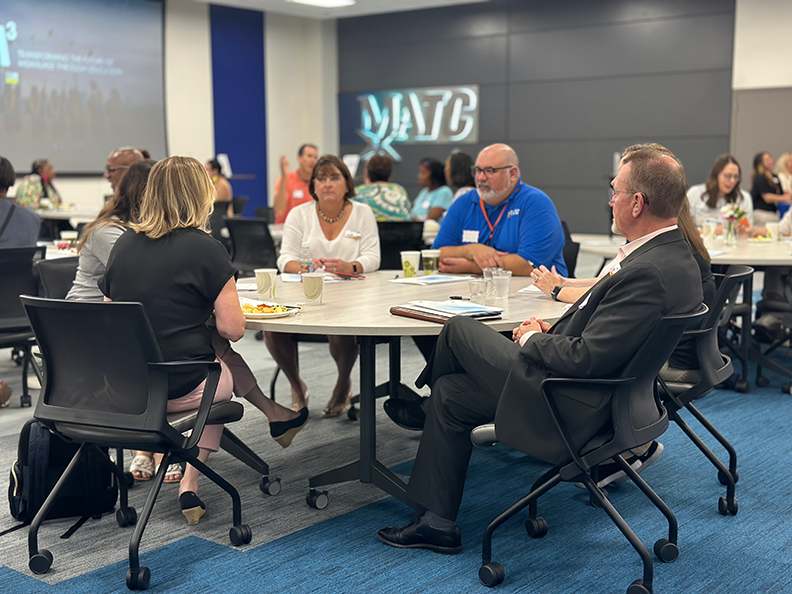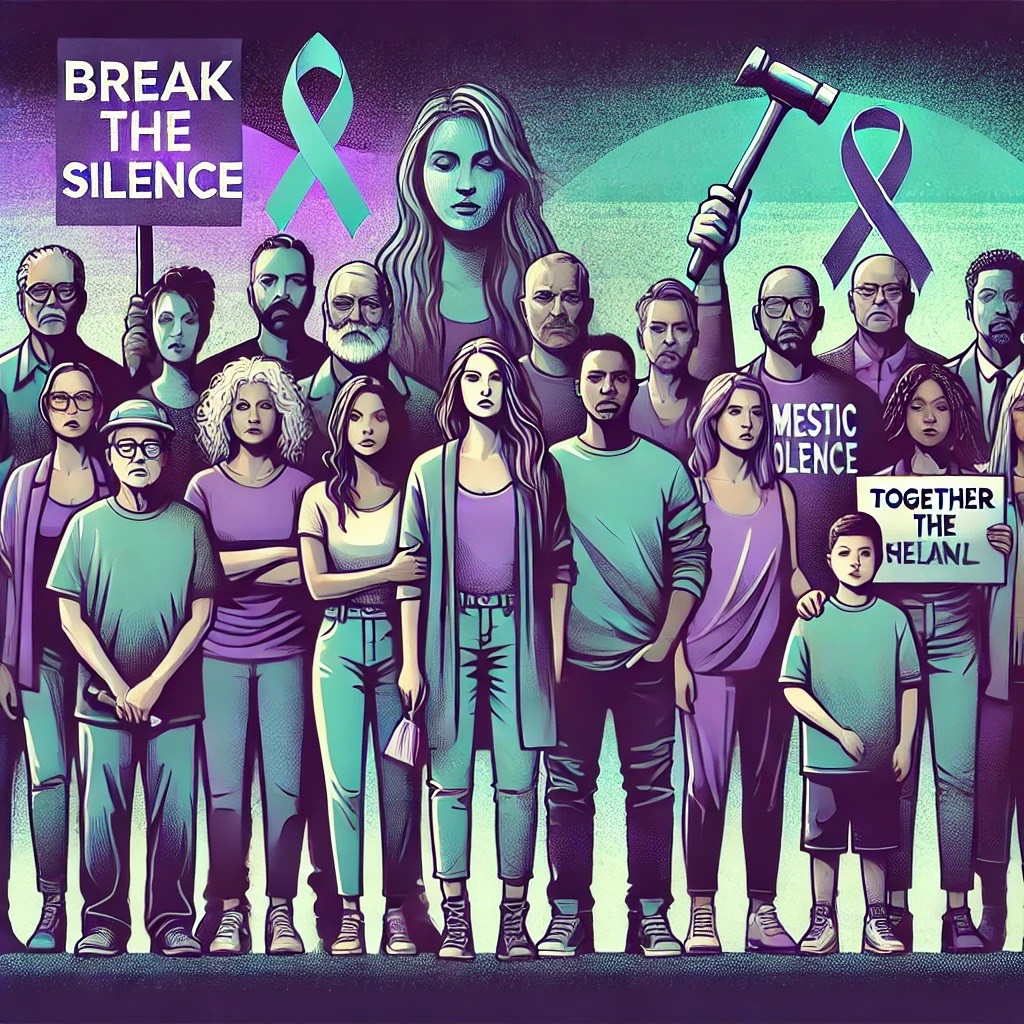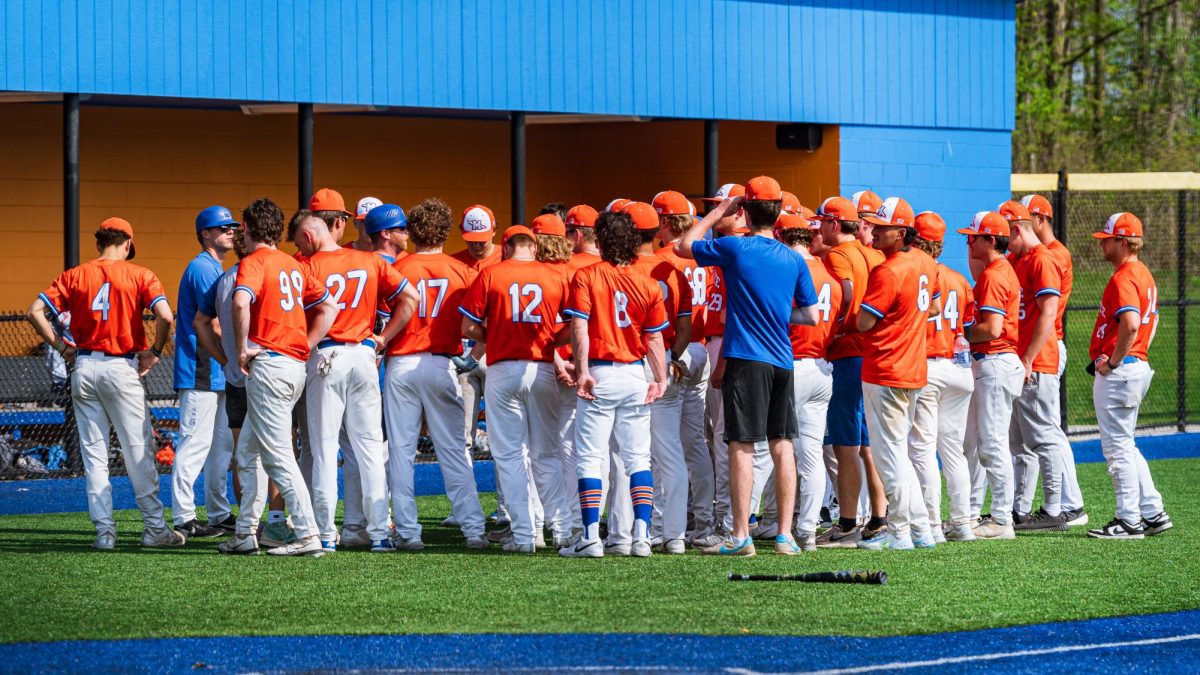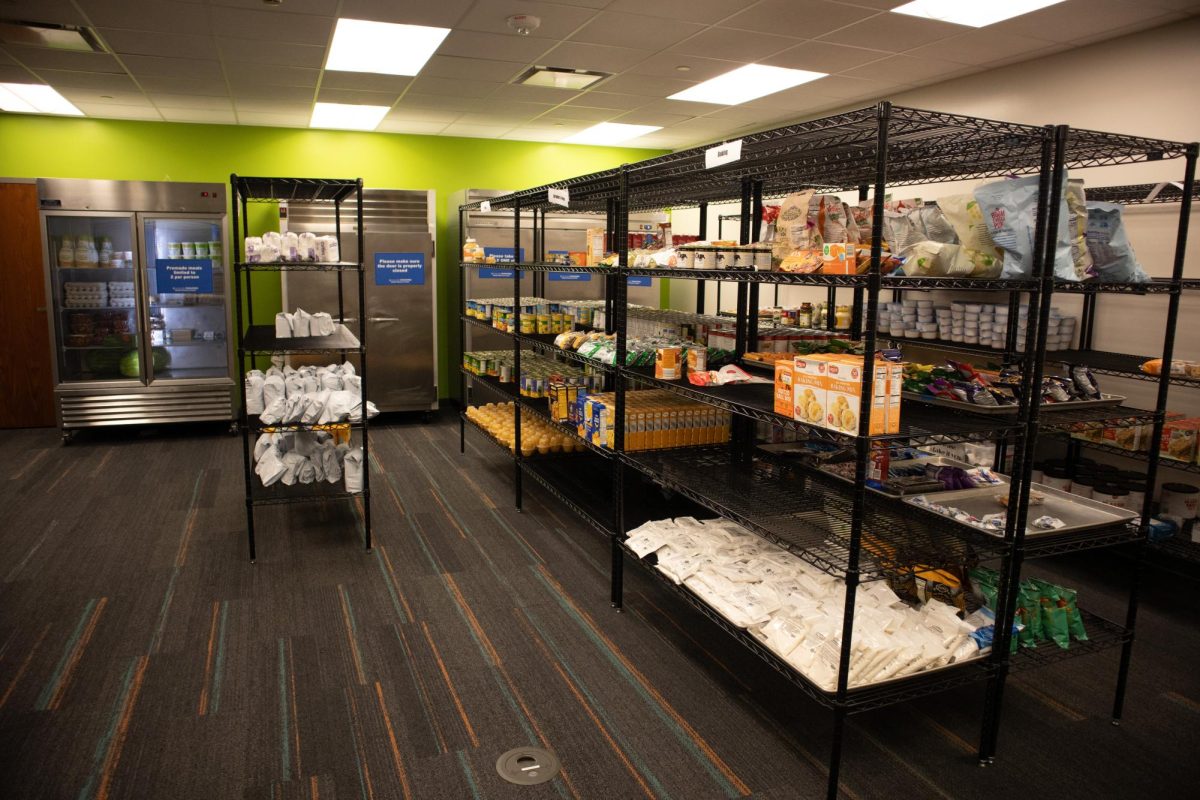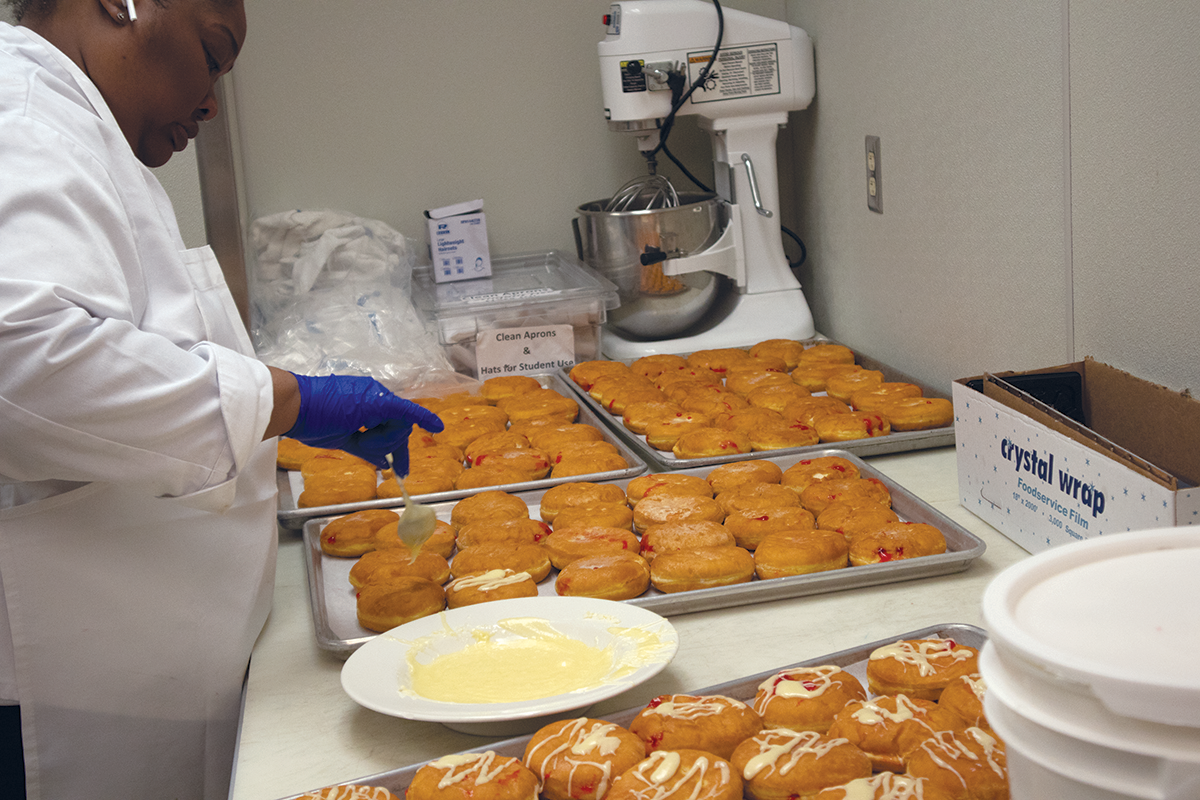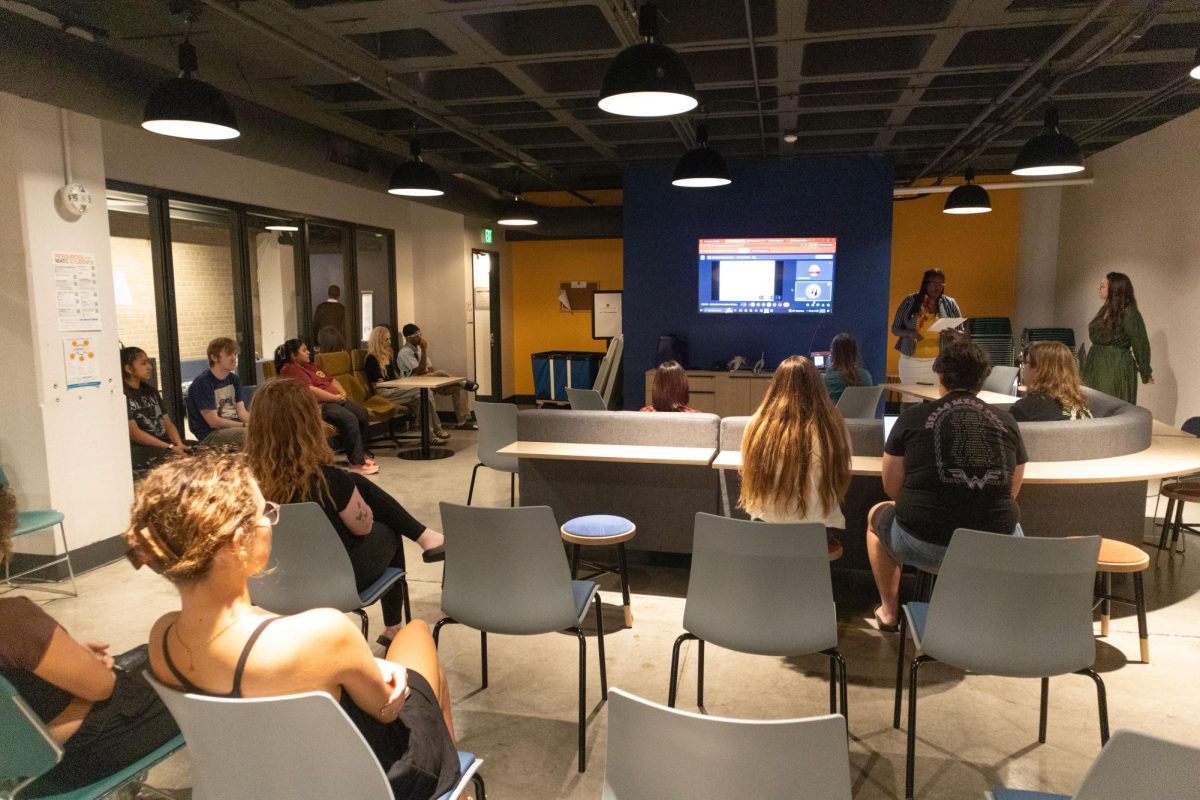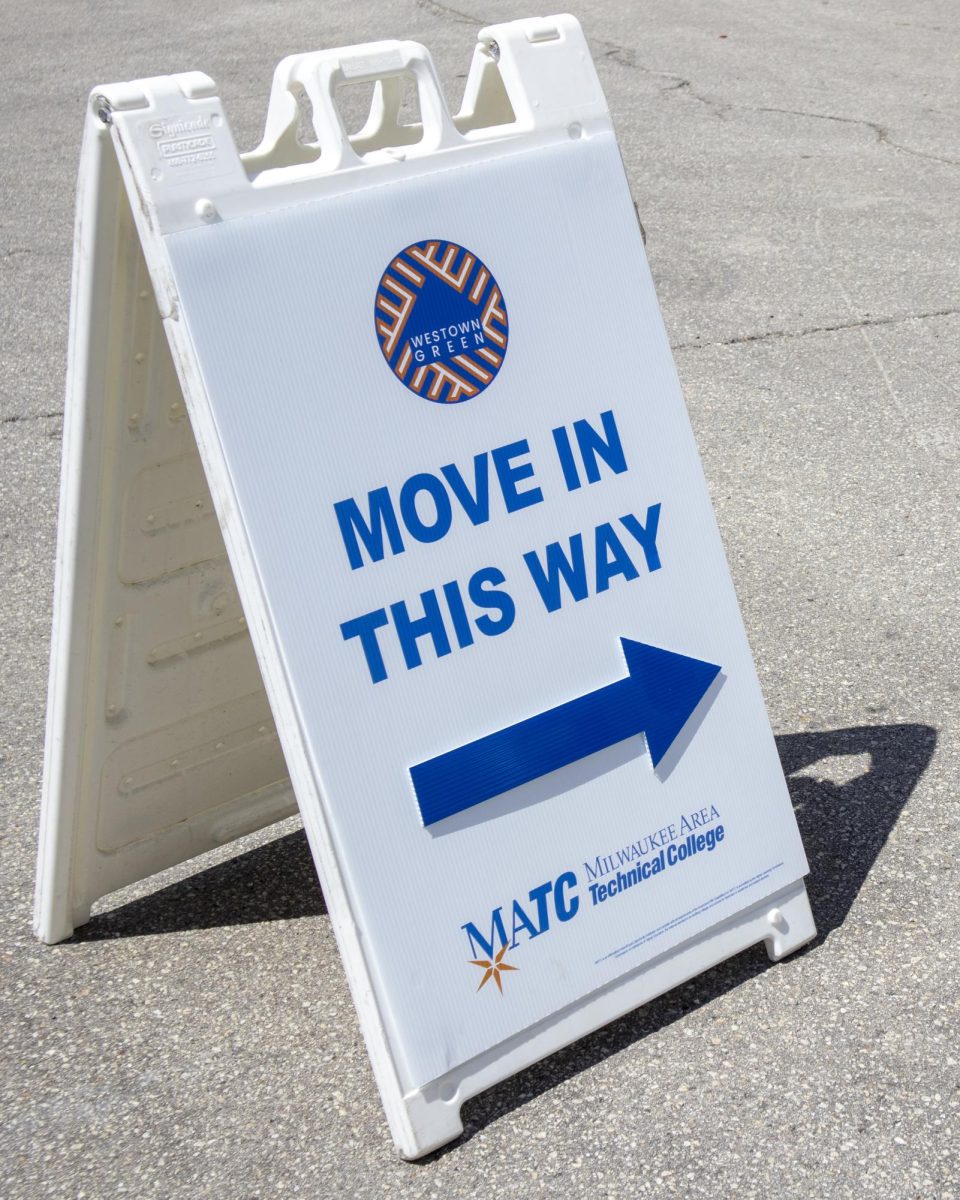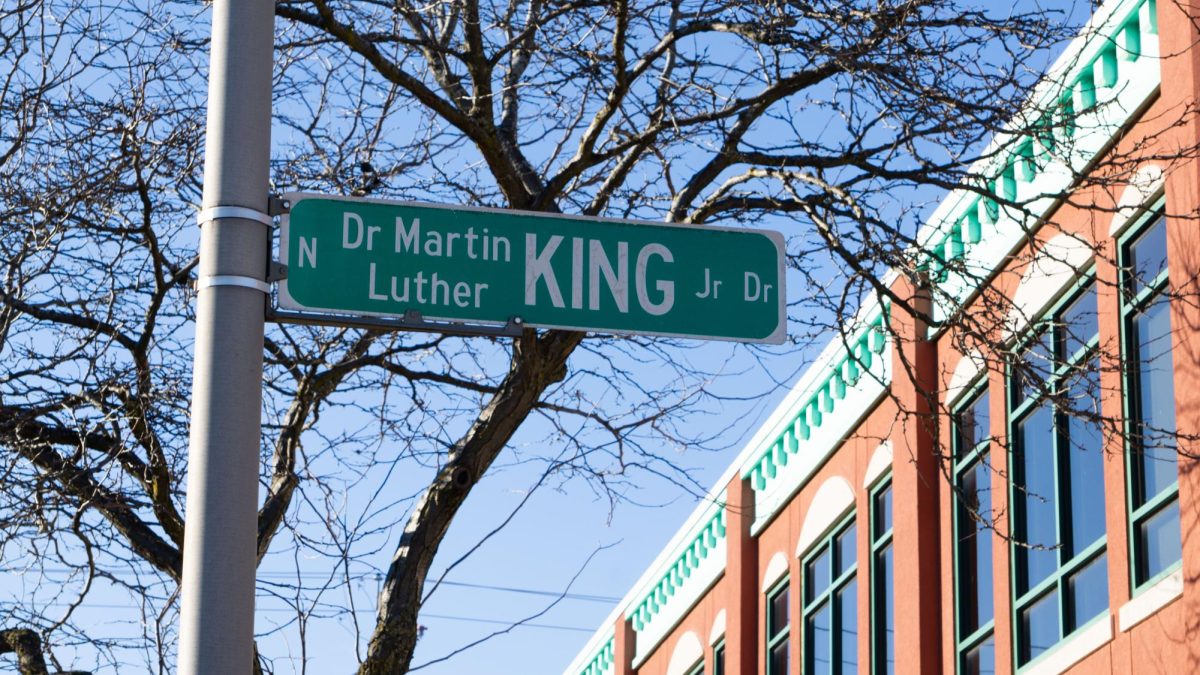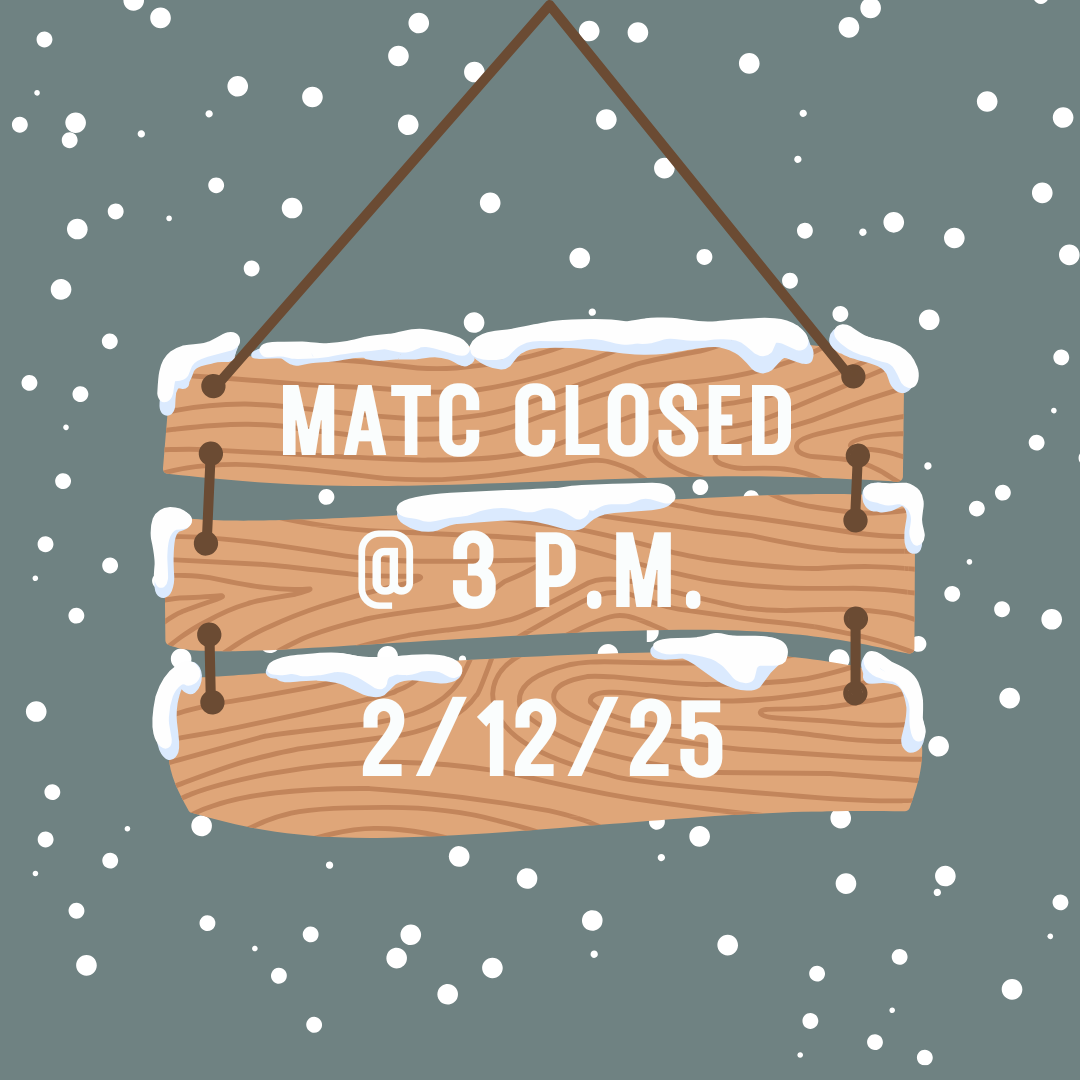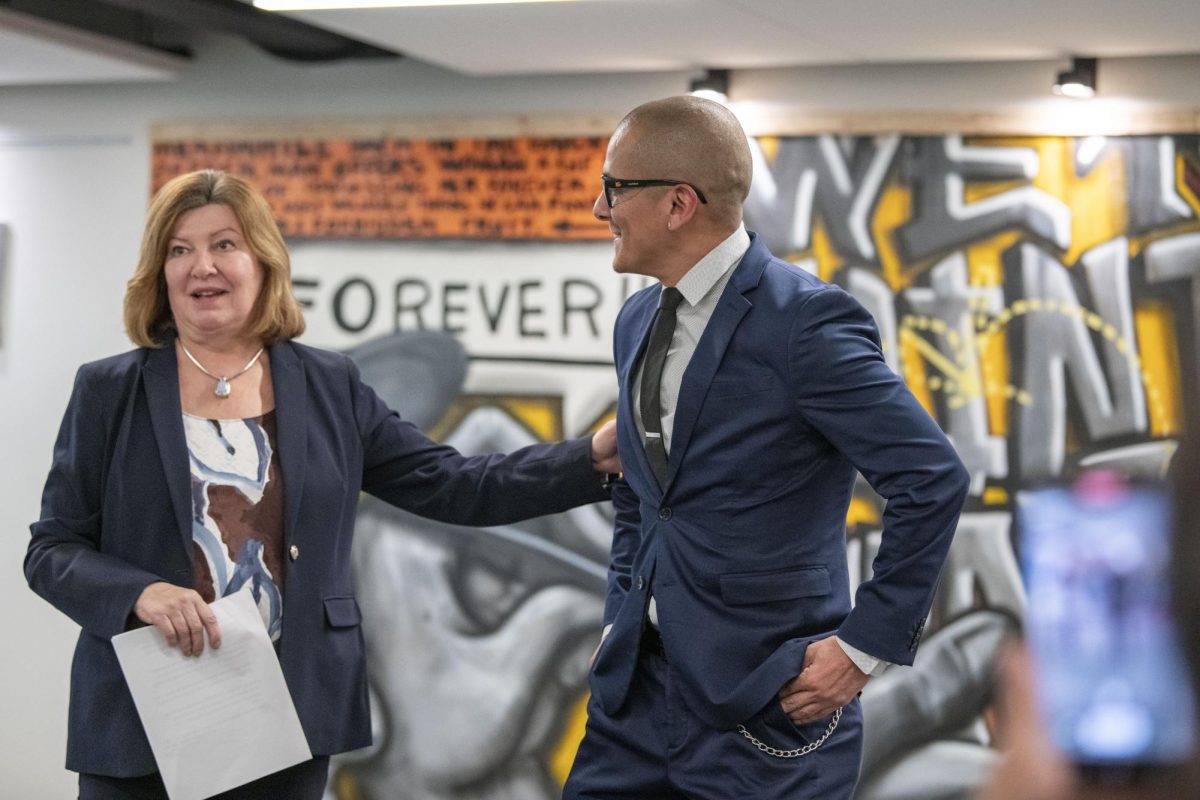Young scientists in bright white lab coats hunch over test tubes, peering through thick plastic goggles. On this day the scientists are extracting actin and myosin protein strands from fish cells. They are resolving, or separating, the proteins using a substance called SDS Page, or Sodium Dodecyl Sulfate Page Gel. By centralizing these proteins the scientists will be able to determine the close and distant relatives of several fish species
and begin to track evolutionary patterns. In a couple of weeks these same scientists will
be examining human proteins to check for genetic disorders and such illnesses as
HIV/AIDS.
This may sound like a scene from a high tech science lab or an elite medical school, but in truth it is just another typical Friday in the Advanced Biotechnology II-Genetics classroom, just one of five classes in MATUS Biotechnology Certificate Program taught by Dr. Aparna Sen.
This spring MATC celebrates its first graduating class from the Biotech program after its induction nearly two years ago. A total of 12 students will be graduating, and some of them admit that it has not been easy.
“The work is not easy. You have to really enjoy what you are doing and you have to study a lot,” said Biotech student Aubrey Moran.
Tamara Anan’eva agrees. “Everything is so microscopic, you don’t have models to depend on. You have to want good grades.”
Anan’eva says her general interest in biotechnology came from her family. Her mother, aunt and grandmother were all doctors. Her goal is to transfer to a medical school where she hopes to research treatment for genetic diseases.
Many students share similar sentiments with the primary goal of finding a cure for, or an effective treatment for genetic diseases and disorders. Onisssa Lewis, for example holds this goal close to her heart. “There are not very many advocates for families with genetic diseases.” Her own son suffers from a genetic disability.
Many of the students are already involved in research outside of the classroom. Margaret Sykes, of the nursing program, is currently researching the high rates of hypertension amid African-Americans along with Dr. Julian Lumbard of the Medical College of Wisconsin. With the guidance of Dr. Elena Semin, Lewis is researching eye diseases and learning to diagnose patients with disorders by studying specific Polymerase Chain Reactions (PCR) along with recognizing protein deficiencies by researching the results of one’s DNA, after being processed through a sequencing machine.
Besides working with genetic diseases biotechnology focuses on gene therapy, environmental science, pollution control, pharmaceutical advancement, cloning and its most well known chapter – forensic science, due to the uprising of such shows as CSI and Law & Order.
In truth, the cases on these shows would cost law enforcement millions of dollars to perform, and these tests in real life are not performed to the magnitude they portray.
As for cloning, Dr. Sen and her students feel the media depicts this branch of research unfairly. Cloning no longer entails growing a human for solely scientific purposes. In fact, Dr. Sen said, “Through a process called Pre-implantation Genetic Diagnosis a cell is simply removed from the embryo, which does not kill the embryo and the embryo can then go on to grow and mature normally.”
In the back of the classroom Anan’eva shows one of the class’ latest projects. Here, in an empty aquarium a carrot and an African Violet have been cloned. It will take nearly 15 weeks for the callous, created after placing the plant cells into the multiplicative medium, to grow shoots, which will then eventually grow into adult plants.
“Biotechnology is cutting edge,” said Dr. Sen. “Everything is so tiny, based on micro and nano technology. Everything changes so much, my students really have to stay on top of it.”
Esteban Ali, who began at MATC learning how to become a mechanic, says biotechnology is purely “fascinating.” But he says this is partly due to his instructor. “If it weren’t for the passion of Dr. Sen, Biotech wouldn’t have been so inspiring for students. She advocates it well and shows her students biotech’s potential and importance.”
Dr. Sen remains humble. “MATC is showing the way to 21st century science. My students can go anywhere they want from here.


